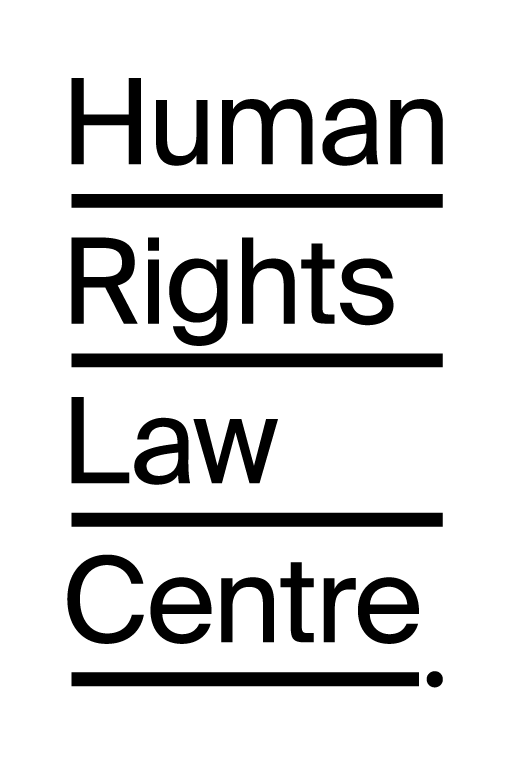National Human Rights Action Plan: A Sound Baseline for Human Rights
On 21 April 2010, the Federal Government launched ‘Australia’s Human Rights Framework’, setting out a number of measures the Government intends to take to protect and promote human rights in Australia, including the commitment to develop a new National Human Rights Action Plan which is intended to “outline future action for the promotion and protection of human rights”. On 8 July 2011, the Attorney-General released a Draft Baseline Study for comment as the first step towards implementing a National Human Rights Action Plan. To be effective, a Baseline Study must provide a comprehensive and frank appraisal about the state of human rights in Australia. This is because the issues identified in the Baseline Study form the basis for future government action under the National Action Plan and also for the development of government practices beyond the National Action Plan.
On 9 September 2011, the Human Rights Law Centre made a major submission on the draft Baseline Study entitled A Sound Baseline for Human Rights in Australia. The submission builds on the extensive recommendations made in Making Rights Real: A National Human Rights Action Plan for Australia. Making Rights Real was a major submission made by the HRLC in response to the Attorney-General’s Background Paper which set out the Government’s proposed approach to developing the National Action Plan as well as a Baseline Study.
A Sound Baseline for Human Rights in Australia aims to provide detailed and constructive recommendations on the draft Baseline Study. The submission makes the following general comments on the Draft:
- procedural aspects of the development of the Draft have not been aligned with the recommendations of Making Rights Real and international best practice;
- the Draft selectively refers to positive examples of initiatives in states and territories without identifying the problems and deficiencies in other states and territories;
- certain critical areas affecting human rights are missing or require further discussion;
- key sources of prior authoritative research and evidence have been omitted;
- the Draft does not reference all relevant all international recommendations from treaty bodies, reports of Special Procedures of the UN Human Rights Council and UPR recommendations; and
- the “Issues a National Action Plan Could Address” sections of the Baseline Study do not clearly identify and articulate the issues in question and should do so. To the extent that actions are proposed, these should be structured as action points following the guidelines set out in the UN Handbook.
In addition to these general comments, the submission includes:
- recommendations for amendments or additions in specific sections of the Draft;
- recommendations for additional sections or topics to be added to the Draft; and
- where appropriate, suggestions as to additions or refinements to the lists of “issues a national action plan could consider” in the Draft, but otherwise refer the Government to the more detailed suggestions as to substantive areas and actions that could be included in the National Action Plan set out in Making Rights Real.
For more information and resources on the National Human Rights Action Plan process please visit our dedicated website www.humanrightsactionplan.org.au
